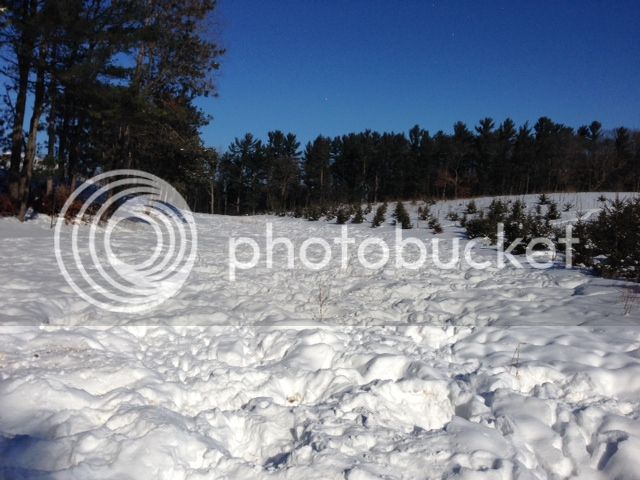B
BJE80
Guest
So I've had very good luck attacking deer with Brassicas but I've had very little luck attacking deer when I don't plant brassicas. Perhaps my plots are too small for WR to make it worth it? The clover does well for early season but it isn't a good source by the time I really start hunting at the start of the rut. I need ideas of small kill plot (~1/3 acre) of what to plant in the off year of brassicas to make those plots worth something. My deer density is not that high. WR just doesn't seem to bring them in much at all. I do not need a over winter source since the deer leave for the AG anyway. I just need something for them to hammer like the brassicas during the rut and gun season. .
Also, I've heard of so many people say don't do brassicas two years in a row. But then I talk to people that do Brassicas two years in a row with no problems. Very conflicting.
Also, I've heard of so many people say don't do brassicas two years in a row. But then I talk to people that do Brassicas two years in a row with no problems. Very conflicting.

